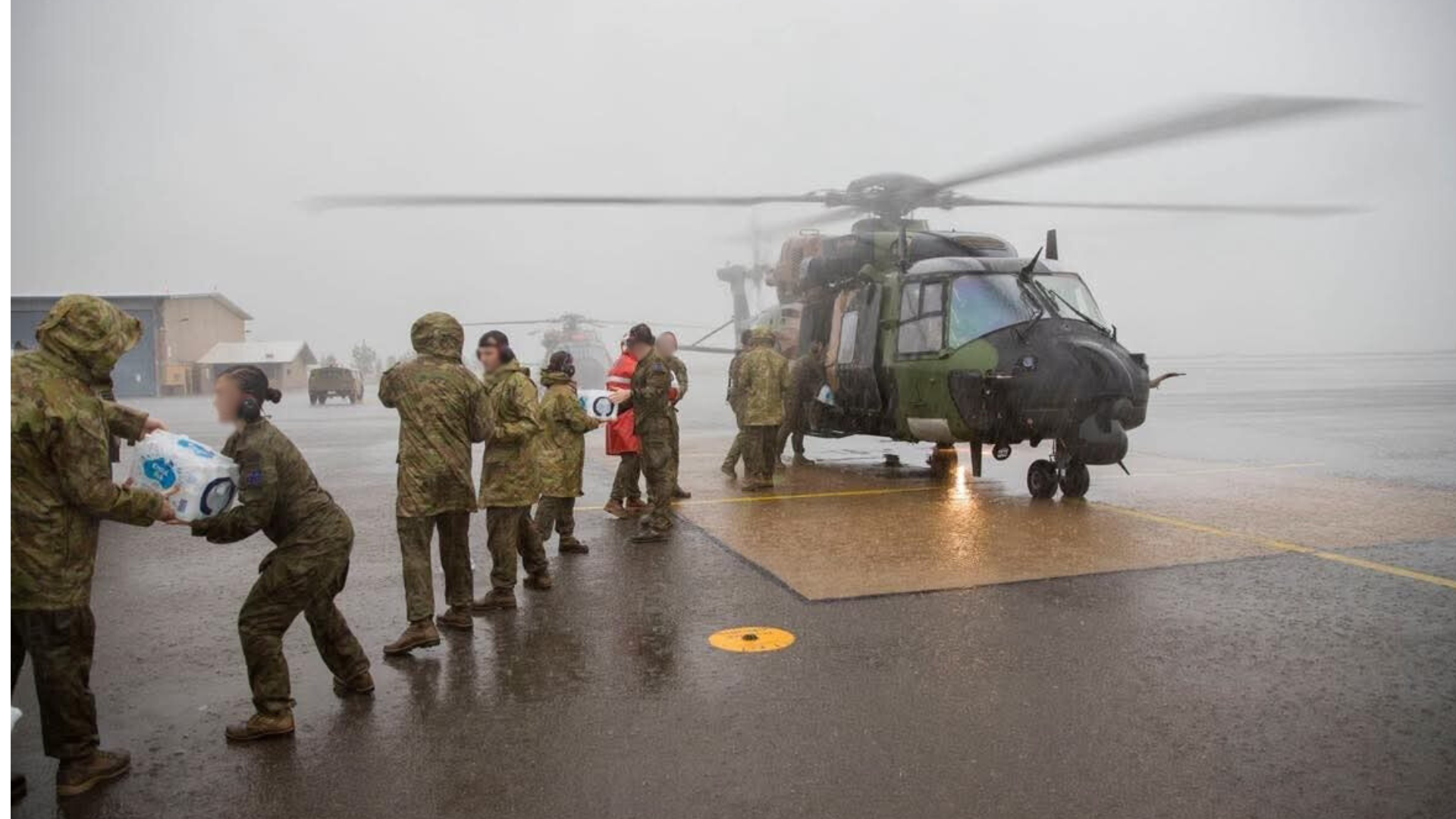
The True Cost of Bottled Water in the Pacific
The Pacific Islands, renowned for their scenic landscapes and rich cultural heritage, have faced significant challenges from natural disasters over the past five years. Cyclones, volcanic eruptions, and tsunamis have repeatedly disrupted access to drinking water, prompting emergency responses that often rely on imported bottled water. While this approach addresses immediate needs, it incurs substantial financial and environmental costs. This article examines key disasters since 2020, evaluates the cost of bottled water distribution, and explores alternative technologies to enhance water security in the region.
Overview of Recent Disasters
Situated along the volatile “Ring of Fire” and increasingly affected by climate-driven weather events, the Pacific Islands are highly susceptible to natural calamities. Two prominent incidents underscore the region’s vulnerability:
- Tropical Cyclone Harold (Vanuatu, April 2020): A Category 5 cyclone with wind speeds reaching 250 km/h struck Vanuatu, impacting over half its population. The storm damaged water infrastructure, contaminating wells and breaking pipelines. The National Disaster Management Office responded by distributing bottled water to affected communities. Total damages were estimated at USD 260 million, severely straining the nation’s resources.
- Tonga Volcanic Eruption and Tsunami (January 2022): The eruption of Hunga Tonga-Hunga Ha’apai triggered widespread ashfall and tsunamis, rendering the entire water supply unsafe. While specific records of bottled water shipments are limited, relief efforts likely included such measures to meet urgent needs. Economic losses reached USD 90.4 million, equivalent to 18.5% of Tonga’s GDP.
These incidents, alongside other regional events such as cyclones in Fiji, reveal a pattern: natural disasters frequently compromise water systems, necessitating costly interventions.
Economic Impact of Bottled Water Reliance
The deployment of bottled water as an emergency solution carries significant financial implications:
- Volume Requirements: Post-disaster guidelines, such as those from FEMA, recommend 3.8 litres (one gallon) of water per person daily for a minimum of three days. For Vanuatu’s 300,000 residents, a week’s supply equates to over 8 million litres; for Tonga’s 100,000 residents, approximately 2.6 million litres. In practice, relief efforts often extend for weeks or months, amplifying these figures.
- Cost Estimates: Bulk bottled water in crisis scenarios typically ranges from USD 0.50 to USD 1 per litre, factoring in procurement and transport. For a week, Vanuatu’s costs could range from USD 4 million to USD 8 million, and Tonga’s from USD 1.3 million to USD 2.6 million. Over a month, expenses could escalate to USD 16–32 million for Vanuatu and USD 5.2–10.4 million for Tonga, depending on logistics and aid contributions.
- Logistical Expenses: The Pacific’s geographic isolation increases transportation costs. Shipping from regional hubs like Australia or New Zealand involves fuel, freight, and local distribution. For instance, Japan’s donation of 60,000 litres to Tonga in 2022 likely incurred thousands in shipping fees alone.
- Broader Economic Strain: Beyond direct costs, water shortages disrupt agriculture—critical for 70% of Vanuatu’s population—and sectors like tourism and fisheries in Tonga. While bottled water meets immediate hydration needs, it does little to address these cascading economic losses.
- Environmental Consequences: The influx of millions of plastic bottles—potentially over 8 million in a month for Vanuatu—poses a waste management challenge in regions with limited disposal infrastructure, adding an indirect cost to recovery efforts.

Alternative Technologies for Water Security
In oder to retain complete control over water security, all remote communities in the pacific need to have a combination of Active and Passive solutions for water. Active solutions, such as desalination, allow them to generate drinking water from exisiting supply such as the sea. passive solutions, such as rain water harvesting, are less reliable and during drought may not suffice.
Active methods
- Portable Desalination Units: Solar-powered desalination units, such as the Aquagen series by LEDI are a very cost effective and reliable method to convert seawater into potable water. these units can produce between 2000 and 24000 Litres of water per day and can be set up to use solar power. Units such as these should be purchased in advance and can be stored for future use, or immediately integrated with existing water solutions.
Passive methods
- Rainwater Harvesting Systems: These systems capture and store rainfall in durable tanks. Following Cyclone Winston in Fiji (2016), communities with harvesting infrastructure recovered more swiftly. Initial costs range from USD 500 to USD 1,000 per unit, but they enable preemptive water storage, minimising the need for imports.
- Durable Infrastructure: Upgrading water systems with reinforced pipes and elevated storage tanks enhances resilience. Projects in American Samoa, supported by USAID, demonstrate the value of such investments. Though initial costs reach millions, they prevent recurring relief expenditures.
- Preparedness Programs: Community training on water conservation, coupled with robust early warning systems, ensures better resource management. In Tonga, improved alerts could have preserved supplies pre-tsunami. Programs costing USD 10,000–50,000 yield significant savings by reducing emergency needs.
Path Forward
The past five years underscore a stark reality for the Pacific Islands: natural disasters, intensified by climate change, are a persistent threat. Bottled water has been a critical stopgap, with estimated costs for Vanuatu and Tonga’s major events potentially exceeding USD 20–40 million in initial responses. Yet, its financial and environmental drawbacks highlight the need for change. Technologies like rainwater harvesting, desalination, and resilient infrastructure require upfront investment but promise substantial savings and sustainability. For Pacific nations, transitioning from passive to active resilience is not just practical—it’s essential to safeguarding their future amidst an increasingly volatile climate.
At LEDI, we are here to help! Contact Us to Discuss Solutions!


